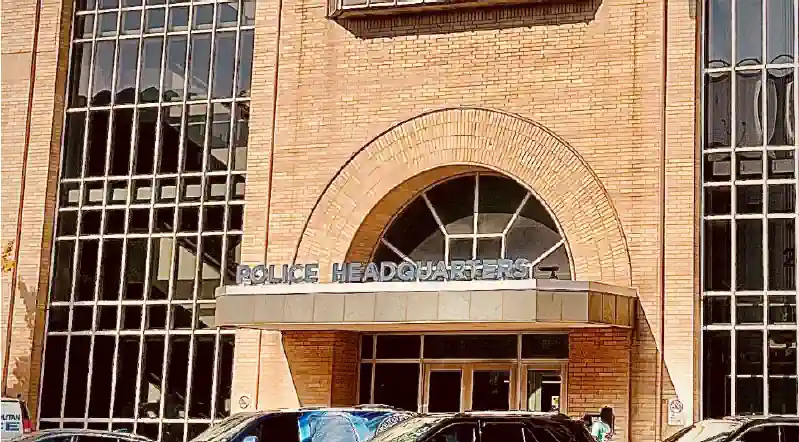Justice Research and Innovation
Expertise
Divisions
Special Programs
Centers
- Critical Incident Analysis
- Data Management Analytics
- Emergency Management and Operations
- Enterprise Systems Modernization
- Homeland Security and Infrastructure Resilience
- Justice Research and Innovation
- Military Advisory Board
- Public Health Preparedness and Resilience
- Vulnerable Population Protection

BTAM: A Deep Bench of Resources

BTAM: Cooperation, Not Coercion

BTAM: Pros and Cons of Different Cadences

BTAM: The Critical Role of Parents

BTAM: There Are No "Typical" Cases

BTAM: The Interagency Approach

The Challenge of Detecting Ideologically Unattached Terrorists

Dr. Megan McBride on Increasing Resilience to Misinformation in the Workplace

GEAR UP CT Partnership Survey Results

Policing needs to be more victim-centered, trauma-informed

Suicidality Among Domestic Terrorists

What Suicide Data for Public Safety Officers Tell Us

Individualized Focused Deterrence in St. Louis Police

The Impact of Individualized Focused Deterrence on Crime

An Assessment of Michigan State Police Traffic Enforcement

A Pilot Risk Assessment Model for Law Enforcement Patrol

Listening Session 1: Juvenile Justice System Crime Analysts

Listening Session 2: Juvenile Defenders on COVID-19 Policies for the Long-Term

Listening Session 6: Juvenile Court Judges

Listening Session 3: State Juvenile Justice Agency Administrators
The Benefits Of Body-Worn Cameras In A Local Jail Setting

Crime Analyst in Residence Program Success Stories

Work and Life Stressors of Law Enforcement Personnel

Law Enforcement Trainee Health and Wellness Bulletin

Crime analysis education, certification, careers with police